Holodomor
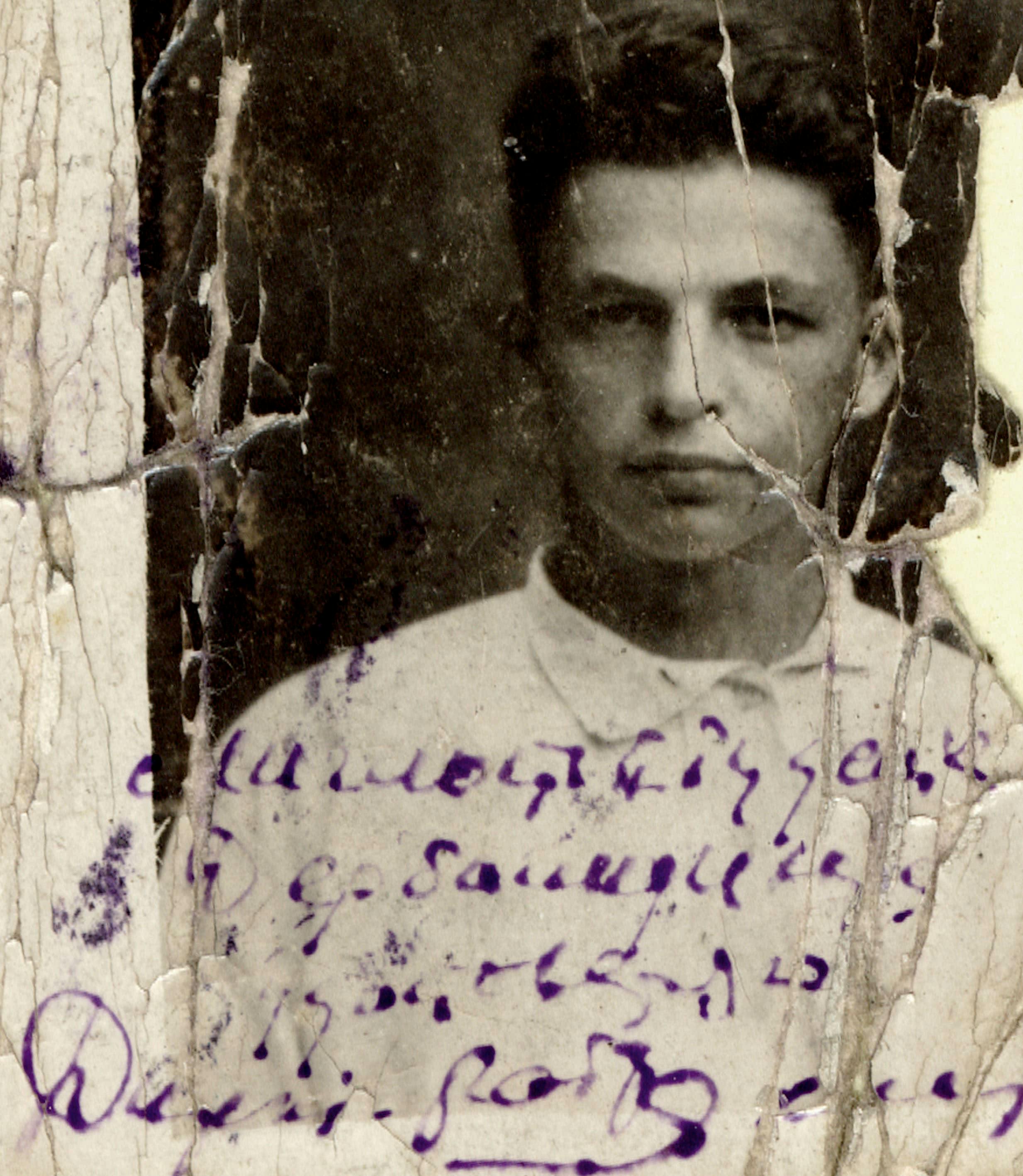
The great famine: induced by Stalin, more than 4 million Ukrainians starved to death
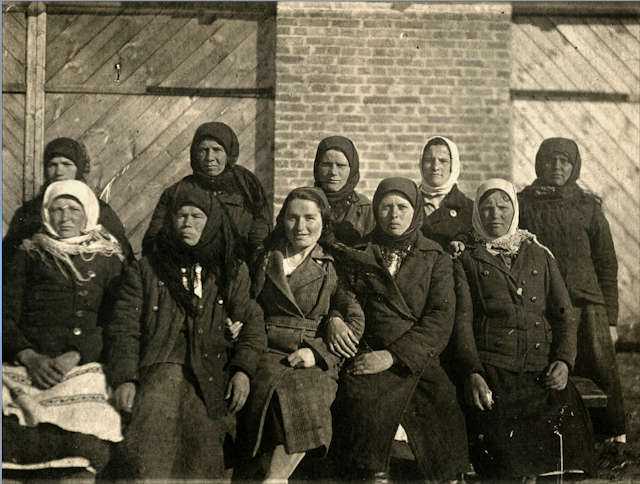
Sima Medved
Photo taken in: Orativ village, Kyiv region, 1934 Interviewer: Ella Orlikova
I’m sitting, third from the left, with the best collective farmers of Orativ village. There was an unbelievable famine in the village and in all of Ukraine. Carrots I found in the fields were my main food for a long time. When we received the order to give everything to the state, including the last stocks of grain, we hid two kilos of wheat so that nobody could find it. Women were crying, ‘We shall die, we shall all starve to death,’ but I tried to cheer them up and said, ‘Hey, we shall live to bake pies.’ We all took care of each other.
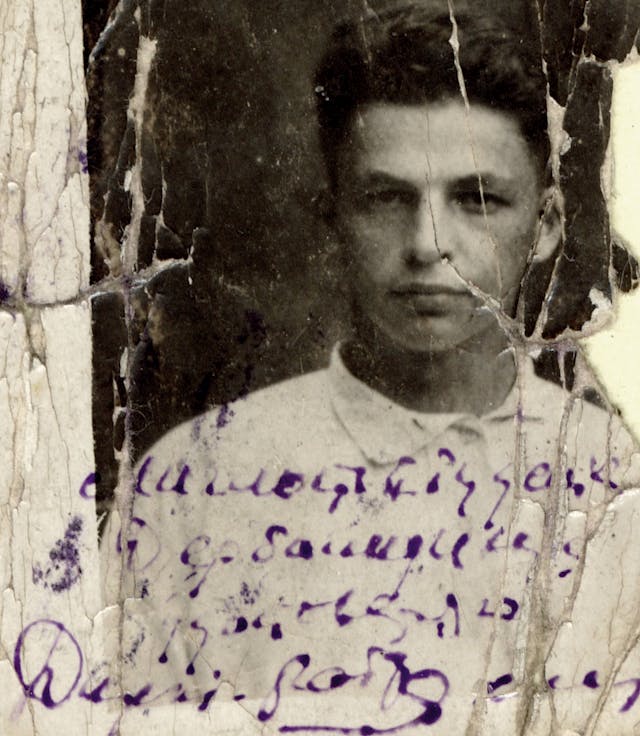
Mark Derbaremdiker
Photo taken in: Kyiv, 1937 Interviewer: Ella Orlikova
Me as a student of the Institute of Light Industry. I remember the early 1930s—the period of famine—very well. Many Jews in Berdychiv were starving. We had charity lunches at school and it was a big joy to see a piece of cabbage in our soup. Many people moved to bigger towns be- cause they had better supplies and sent parcels with bread or crusts from there. When the parcels were delivered the bread inside was already cov- ered with mold, but we ate it with pleasure. My father and older brother were working and received bread cards, so we managed somehow.
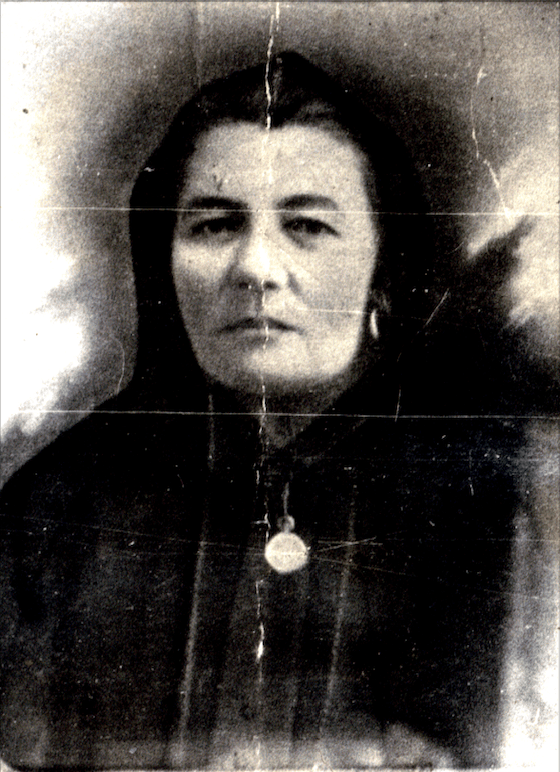
Anatoliy Shor
Photo taken in: Bershad, 1929 Interviewer: Zhanna Litinskaya
My mother Reizl Shor. I remember how people were swollen, dying during the famine in Ukraine. Dead bodies were loaded onto wagons in the morning and taken to the cemetery where they were buried in common graves. They were mainly Ukrainians who came to the town from their vil- lages hoping to get some food. The Ukrainians from the village where my father often went to work supported our family. We also tried to help the needy with whatever we could give them. We ate mamaliga (polenta) soup with nettle and herbs.
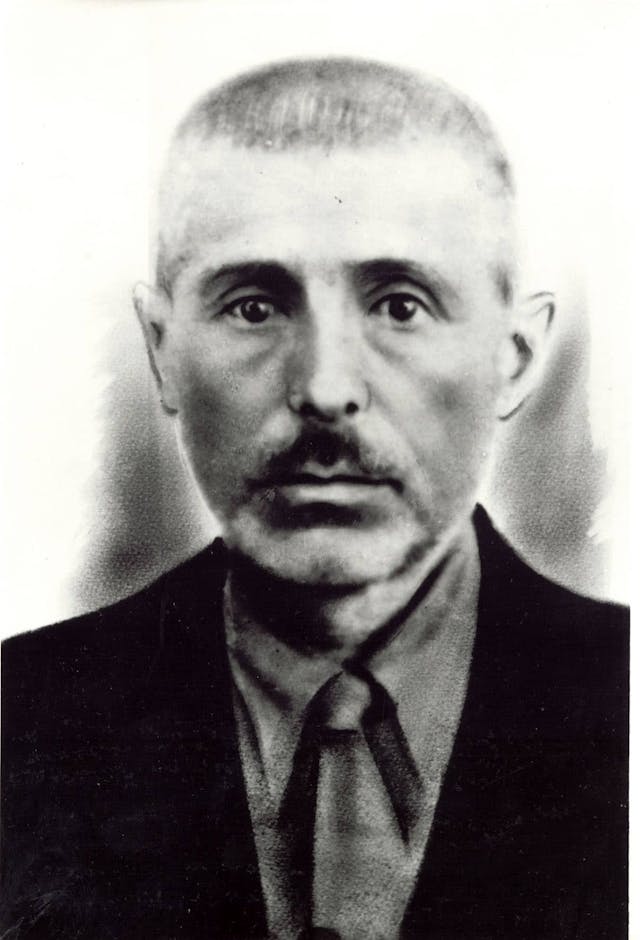
Iosif Shubinsky
Photo taken in: Zvenyhorodka, 1932 Interviewer: Ella Orlikova
My father Veniamin Shubinsky. I remember the famine of the 1930s. My father was swollen up due to starvation. Everybody was starving. We thought it was easier to live in Kyiv because it was possible to find jobs there. However, the situation in Kyiv was also very difficult. For instance, my father got a salary and bought a loaf of bread with this money, but on his way home this loaf of bread was stolen from him and he came home with nothing. It was a real tragedy.
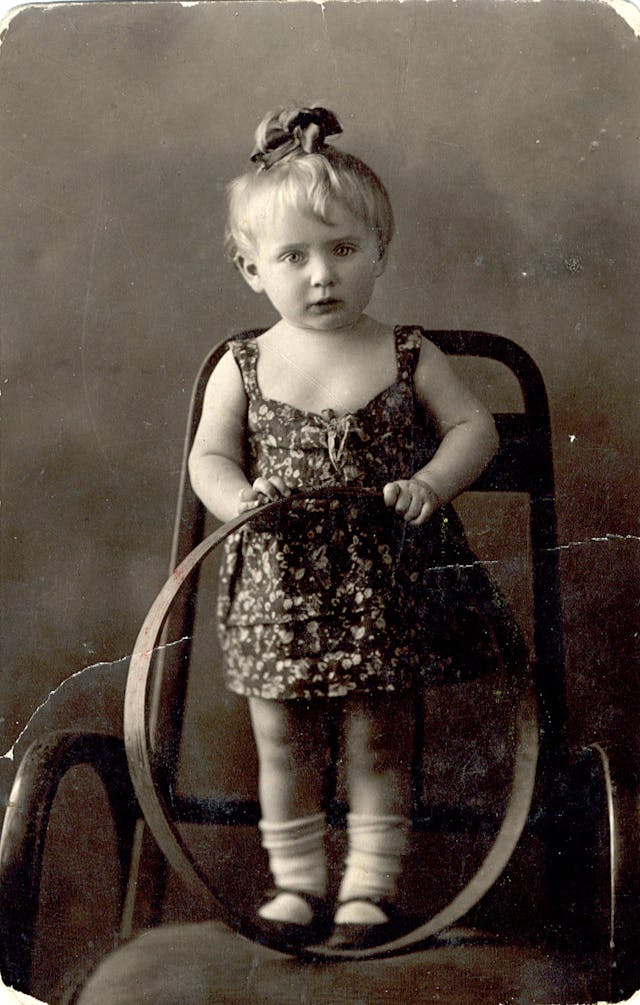
Basya Chayka
Photo taken in: Kyiv, 1928 Interviewer: Tatyana Chayka
Me at two years old. From my preschool years, I have a strong memory of the famine of 1933, when in front of my own eyes a homeless child stole the bread that my mother had just received with her bread card. My mother began to cry, and I felt very scared.
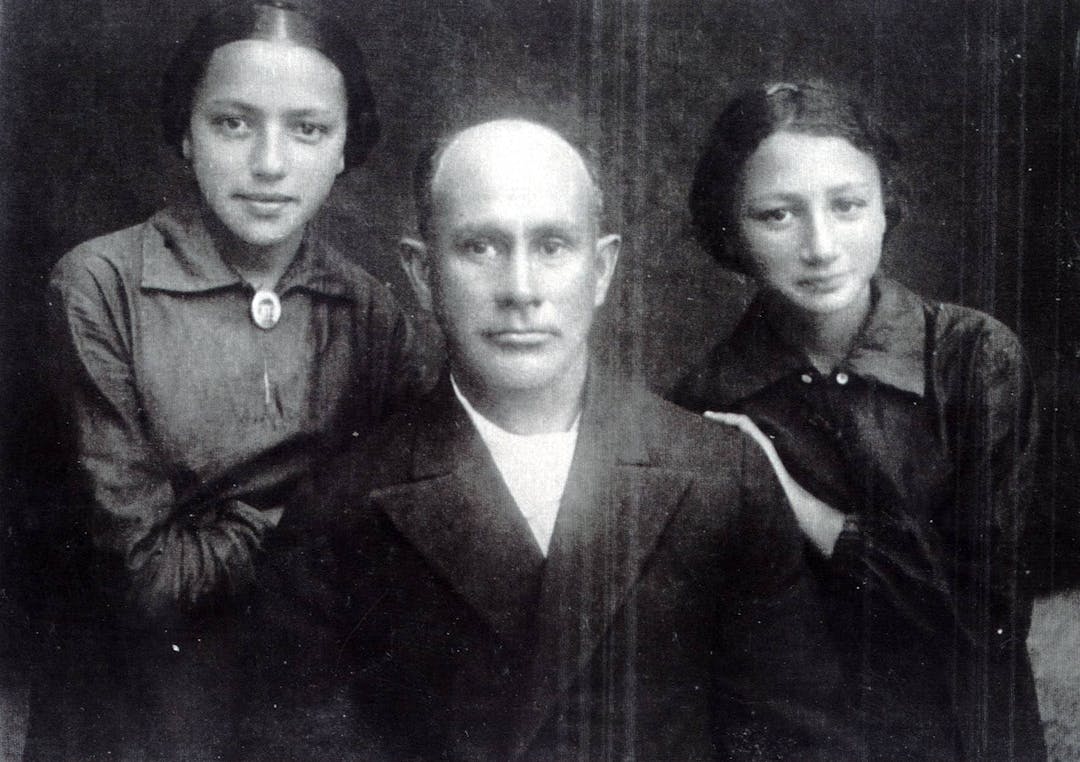
Anna Ivankovitser
Photo taken in: Sharhorod, 1939 Interviewer: Ella Levitskaya
My sister Maria, my mother’s brother and me. In 1932–1933 there was a serious famine in Ukraine. My mother’s golden jewelry, her wedding gift from her father Iosif, saved us from starving to death. We took it to a Torgsin store where we could buy food for currency or gold. Mama left all her jewelry in the Torgsin in exchange for cereals, flour, or butter. Mama baked our bread herself. Many people suffered from hunger in the country.